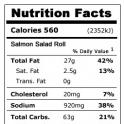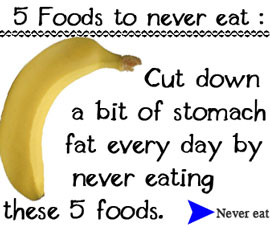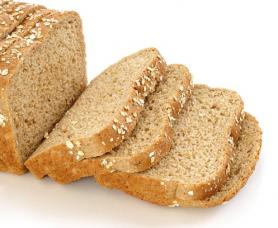As you go about the process of trying to make your diet healthier, there’s no question that you’re going to turn to whole grain sources for your carbohydrate intake. Whole wheat bread is the choice by many as they believe that this is a far superior option than the white bread counterpart they may have used to eat in the past.
Whole wheat bread will digest more slowly in the body so will not spike the blood sugar levels quite as much as white bread would. The result is a more even energy level and a lower chance of body fat accumulation.
Let’s have a quick look at what nutritional value whole wheat bread offers.
Major Nutrients Found In Whole Wheat Bread:
Since whole wheat bread comes from a whole grain source of flour, you’re going to find that the dietary fiber content is much higher than with that of white bread. With some brands you’ll also notice a higher protein content per slice of bread, so that proves to be another advantage to choosing this over white bread.
Some of the other main nutrients that you’ll find in whole grain bread include iron, zinc, phosphorus, magnesium, and manganese.
Storing/Selecting
When selecting your whole wheat bread try and choose bread that has been baked fresh that day to ensure optimal flavor and quality. It’s also a good idea to select bread that comes in a close-tight bread bag rather than one that’s breathable as this will help ensure the most moisture.
When storing your bread keep it in a cool dark place and place in the freezer if you plan to keep it longer than 4-5 days.
Eat It With:
Whole wheat bread is best made into a sandwich, served as toast in the morning, or eaten along with your main protein source and a vegetable as a side.
Burn Off Calories In Whole Wheat Bread:
To burn off the number of calories in a slice of whole grain bread you would have to do:
- 5 minutes of intense running
- 9 minutes of weight lifting
- 13 minutes of walking
- 11 minutes of aerobics



















